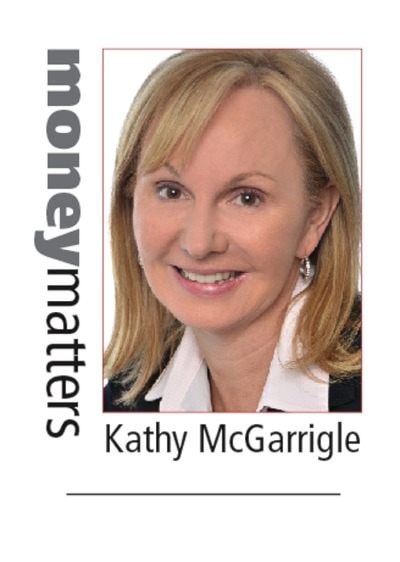Being a parent has its joys – from those first baby steps to seeing your child walk across the stage as they graduate from Grade 12. In between, there is one big challenge: how to help them pay for their post-secondary education.
According to a recent Statistics Canada report, undergraduate tuition costs in B.C. have increased more than 170 per cent in the last 20 years. In the last five years alone, it has risen from $4,400 to $5,138 per year.
Another national survey found that two-thirds of Canadians believe post-secondary education has become too expensive. In fact, only 21 per cent of families with children under 18 believe they can afford tuition. Most are borrowing to pay for tuition costs and it’s expected that student debt in Canada will surpass $15 billion this year.
This may sound daunting, but if you think ahead, there are things you can do to prepare financially. The key is starting early, even if small, while your adorable baby Einstein is still in diapers. Here is some simple financial help – my top three tips – to get you started:
1. Take advantage of the Registered Education Savings Plan or RESP.
This is a government-sponsored savings plan that allows you to contribute up to $50,000 towards your child’s post-secondary education. You don’t receive a tax deduction for the money, but interest earned will be tax free until the money is withdrawn. To help your savings grow faster, the federal government contributes 20 per cent of your first $2,500 in annual contributions as part of the Canada Education Savings Grant program – that’s up to $500 per year, to a lifetime maximum of $7,200. For such easy money, it’s surprising that only 52 per cent of Canadian parents contribute to a RESP for their kids.
2. Start early and save often.
Assuming you make regular weekly contributions of $20 starting from your child’s birth, plus the government grant, invested at an average annual return rate of five per cent, you would have more than $36,000 by the time your child is 18.
This should cover a fair portion of their tuition and books, unless they are going into dentistry or medicine. But the longer you wait, the harder it will be to make up the lost time and money. What if you don’t yet have a RESP set up for your growing child? Don’t give up – it’s better late than never. Talk to your financial institution today for help in getting started.
3. Consider getting your child as well as close family members and friends to lend a hand.
As your children grow older, teach them the value of savings, including saving for their education. Whether it’s just pennies, a portion of their paper delivery pay cheque, or payment for helping out at home, the amounts can add up quickly. Also, let close family members and friends know that you’d welcome a gift of a financial contribution to your child’s RESP for occasions like birthdays, in addition to the typical presents. After all, as the say, the best gift is the gift of education.
Kathy McGarrigle serves as Chief Operating Officer for Coast Capital Savings.
